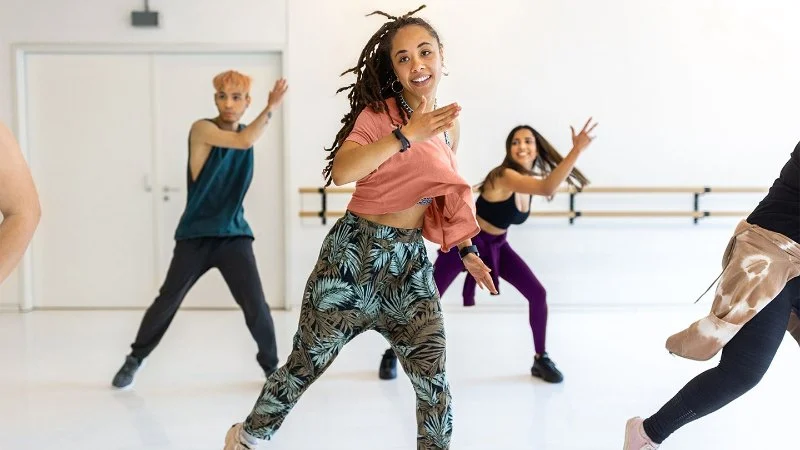
- 1. Why a Motivating Dance Playlist Matters
- 2. How to Select the Right Songs for Your Playlist
- 3. The Ideal Playlist Length for Maximum Motivation
- 4. How to Maintain Energy Flow in Your Playlist
- 5. Mixing Genres to Keep Things Fresh
- 6. Personalizing Your Playlist to Match Your Dance Style
- 7. Tools to Help You Create the Perfect Playlist
1. Why a Motivating Dance Playlist Matters
A great dance practice playlist is not just about the music – it’s about setting the tone, creating energy, and keeping you motivated during your practice. Music has the power to influence your performance by enhancing your mood and driving you to push through tough routines. Whether you're rehearsing for a competition or just perfecting your moves, the right playlist can be a game-changer.
Studies show that music can boost performance and reduce perceived effort, making your practice sessions not only more enjoyable but also more productive. So, how do you craft a playlist that keeps you motivated and focused throughout your dance routine? Let’s dive into the key elements of building the ultimate playlist for your practice sessions.

Mythili Dance Academy / mythili dance academy
12996 Nimble Dr, Frisco, TX 75035, USA
2. How to Select the Right Songs for Your Playlist
The first step in creating a motivating dance practice playlist is selecting the right songs. Here’s how you can choose music that matches your energy and style:
- Upbeat and Energetic: Choose songs with fast tempos and driving beats that match the intensity of your practice.
- Emotional Connection: Select songs that evoke an emotional response. Music that resonates with you can elevate your practice and help you express yourself through your movements.
- Variety of Genres: Don’t limit yourself to just one genre. Mix in different styles to keep things interesting and to reflect the diversity of dance styles you’re practicing.
3. The Ideal Playlist Length for Maximum Motivation
While you might be tempted to load your playlist with endless tracks, it’s important to find the right balance. A playlist that’s too short may leave you feeling rushed, while one that’s too long could lead to fatigue. Aim for a playlist that lasts between 30 to 90 minutes, depending on the intensity of your practice session.
If you’re rehearsing for a performance or competition, you may want to tailor your playlist to match the length of your routine, ensuring that the music keeps your energy up from start to finish. On the other hand, for daily practice sessions, a shorter playlist can help maintain focus and prevent burnout.

DivaDance® DC / divadance dc
WashingtonDistrict of Columbia
1323 Connecticut Ave NW, Washington, DC 20036, USA
4. How to Maintain Energy Flow in Your Playlist
One of the biggest challenges in creating a dance practice playlist is ensuring the energy flow is seamless. A good playlist should build momentum, peak during intense sections, and cool down when needed. Here’s how to achieve a smooth energy flow:
- Start Slow: Begin with a warm-up song that’s slower and more relaxed to ease into your practice.
- Gradual Build-Up: Slowly increase the tempo and intensity of the songs to ramp up energy.
- Peak Energy: Select high-energy tracks for the most demanding parts of your practice.
- Cool Down: Finish with slower songs to help you cool down and stretch effectively.
5. Mixing Genres to Keep Things Fresh
Variety is key to keeping your dance practice playlist exciting. Mixing genres can help you explore different musical influences while maintaining motivation. Here are a few ways to integrate various genres into your playlist:
- Hip-Hop and Pop: These genres are perfect for fast-paced, high-energy routines.
- Latin and Reggaeton: Add some rhythm and movement to your playlist with these genres, which are perfect for hip rolls and body isolation.
- Electronic Dance Music (EDM): Ideal for creating an intense atmosphere, EDM is great for practicing sharp, fast movements.
- Classical or Jazz: These genres can help with lyrical or contemporary dance, providing a slower tempo for more controlled movements.
6. Personalizing Your Playlist to Match Your Dance Style
Your dance style should strongly influence the type of music you choose. Whether you're into ballet, hip-hop, contemporary, or salsa, your playlist should reflect the rhythm and mood of your chosen style. For example:
- Ballet: Choose classical music with rich, flowing melodies to complement the graceful movements.
- Hip-Hop: Hip-hop music with strong beats and energetic rhythms will help you practice your grooves and sharp movements.
- Contemporary: For contemporary dance, mix slower, emotional songs with more upbeat tracks to match the diverse dynamics of the style.
7. Tools to Help You Create the Perfect Playlist
There are plenty of tools available to help you create and organize your perfect dance practice playlist:
- Spotify: Create custom playlists based on genres, moods, or specific tracks.
- Apple Music: Browse curated playlists or create your own with personalized recommendations.
- SoundCloud: Explore a wide range of independent tracks and mixes to find unique songs for your playlist.
- YouTube: Perfect for finding specific songs and dance routines to match your practice needs.
With the right combination of music, energy, and tools, your dance practice playlist will be the perfect motivator to help you achieve your goals. For more tips and music suggestions, visit Creative Edge Dance Studio for guidance on creating a playlist that elevates your dance practice.
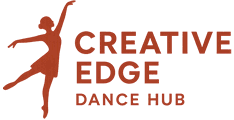
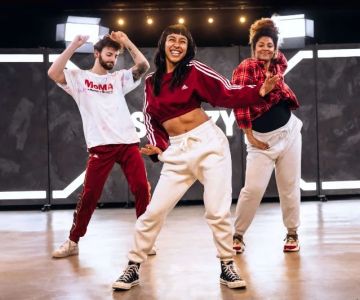
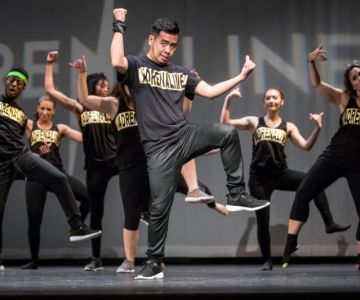

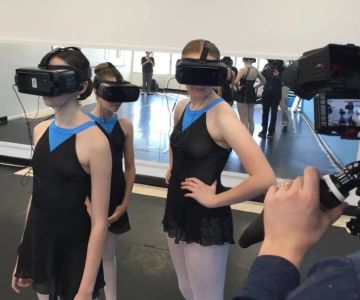
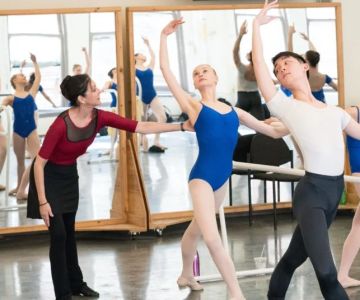

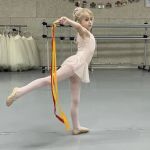 Sarah's School of Ballet5.0 (15 reviews)
Sarah's School of Ballet5.0 (15 reviews) Rudra Dance Academy0.0 (0 reviews)
Rudra Dance Academy0.0 (0 reviews) FLOCK Dance Center5.0 (2 reviews)
FLOCK Dance Center5.0 (2 reviews) Upper Merion Dance & Gymnastics Center LLC4.0 (66 reviews)
Upper Merion Dance & Gymnastics Center LLC4.0 (66 reviews) Contemporary Ballet Dallas4.0 (97 reviews)
Contemporary Ballet Dallas4.0 (97 reviews) Arthur Murray Dance Studio Edgewater4.0 (35 reviews)
Arthur Murray Dance Studio Edgewater4.0 (35 reviews)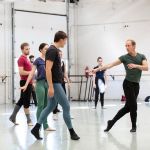 The Best Ways to Meet Professional Dancers and Choreographers
The Best Ways to Meet Professional Dancers and Choreographers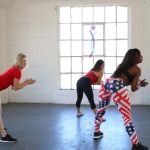 What is Twerking? Cultural Roots and How to Learn Safely
What is Twerking? Cultural Roots and How to Learn Safely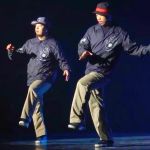 Understanding Popping, Hits, Waves, and Robotics in Dance Culture
Understanding Popping, Hits, Waves, and Robotics in Dance Culture How I Learned to Use AI-Generated Choreography for My Audience — My Story
How I Learned to Use AI-Generated Choreography for My Audience — My Story How to Film a Great Dance Video for Social Media with Your Phone
How to Film a Great Dance Video for Social Media with Your Phone My Story of Starting a Student-Run Dance Club at College — What I Did
My Story of Starting a Student-Run Dance Club at College — What I Did